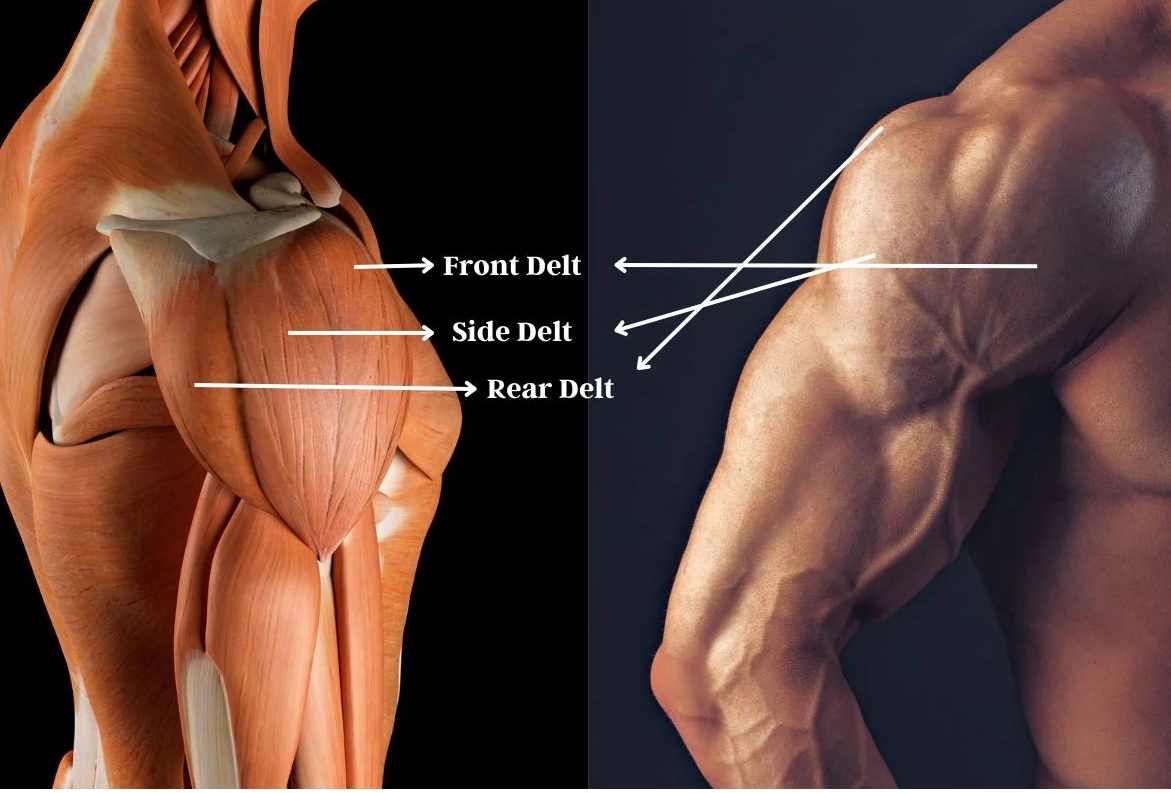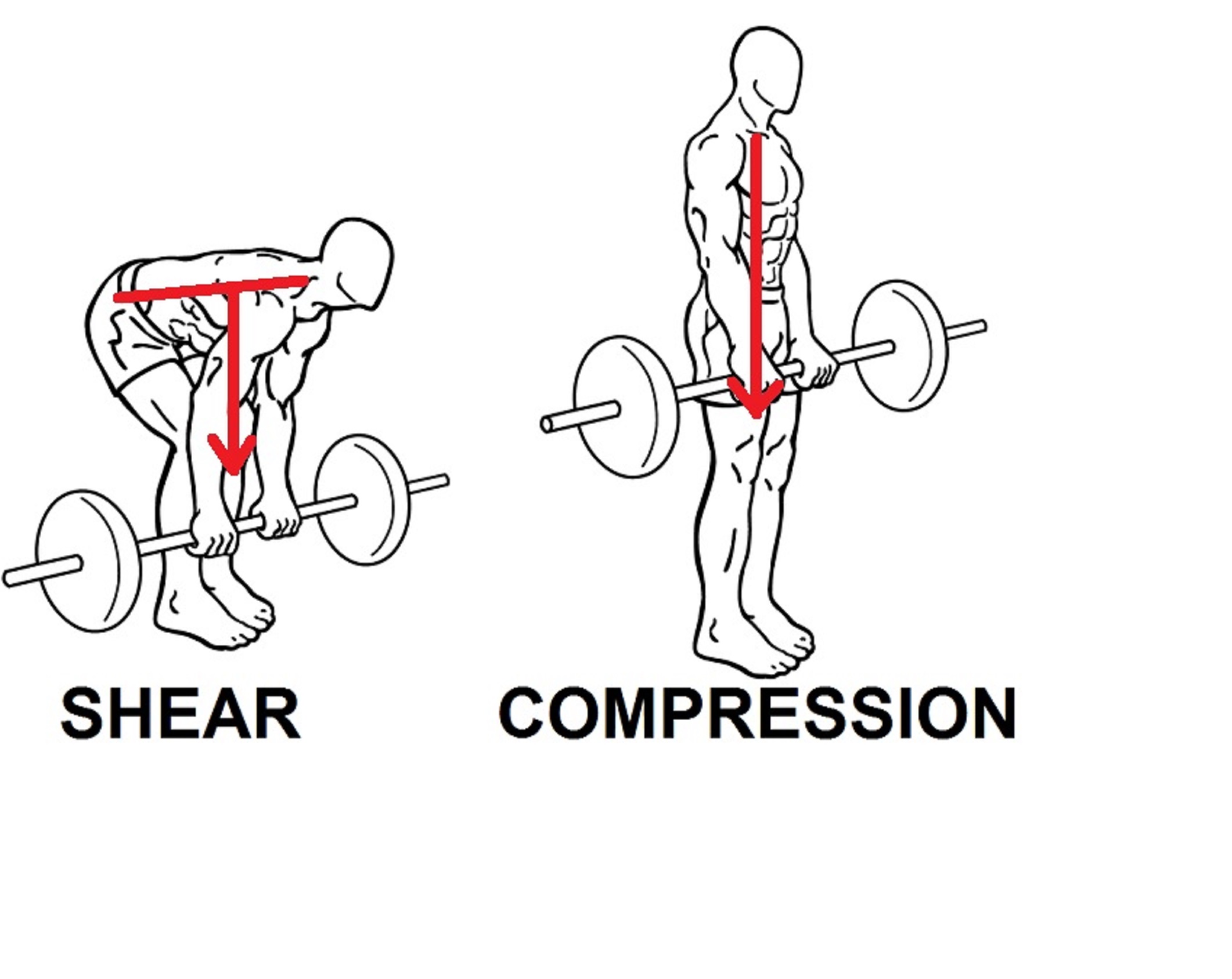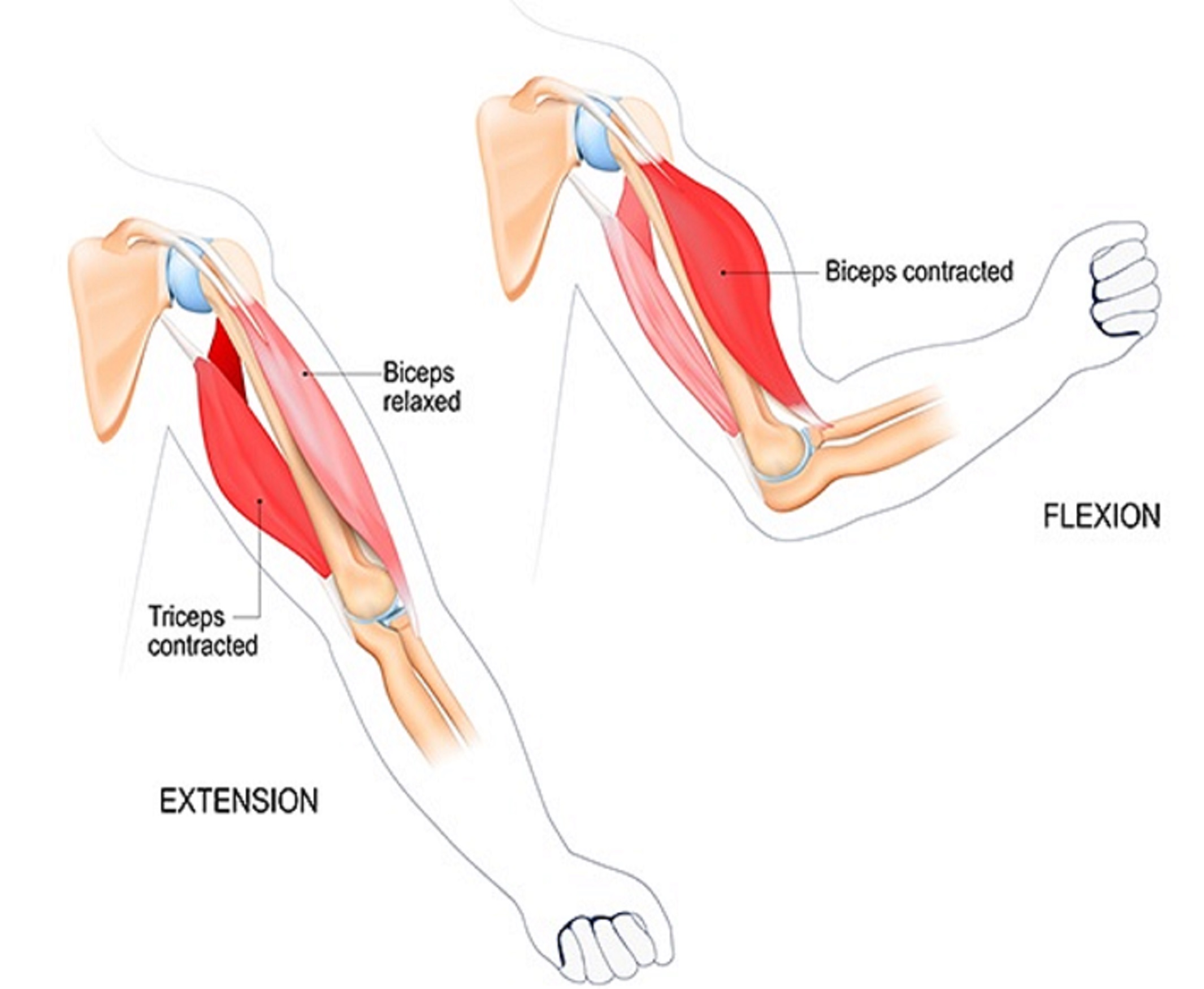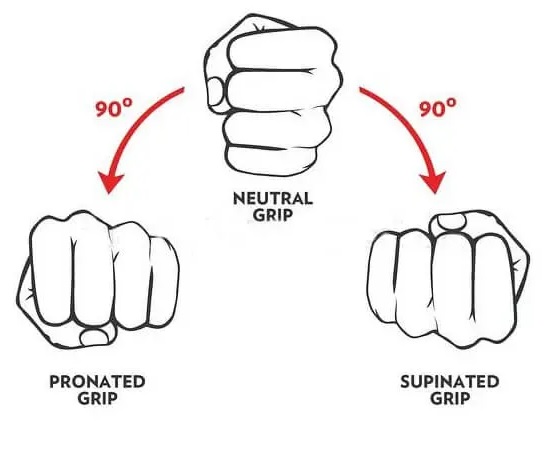Shoulder training is indeed a complex and intricate endeavor that goes beyond simply lifting heavy weights. The mind-muscle connection is a crucial aspect of this journey, and it plays a significant role in achieving well-rounded shoulder development. Here’s why this connection is so important:
- Precision and Targeting: The shoulders consist of several muscles, including the anterior deltoid (front), lateral deltoid (side), and posterior deltoid (rear). To ensure balanced development, it’s important to target each of these muscle groups. By focusing your mind on the specific muscle you’re working on, you can improve your exercise form and target the intended muscle more effectively.

- Injury Prevention: Proper form and technique are key to preventing injuries. Engaging your mind-muscle connection can help you maintain proper posture, range of motion, and joint alignment during shoulder exercises. This reduces the risk of strain, sprains, and other injuries.
- Strength Gains: Effective muscle engagement can lead to better muscle recruitment and, in turn, greater strength gains. When you actively concentrate on the muscle you’re working, you can push your limits more efficiently and progressively increase the weight or resistance over time.
- Quality Repetitions: Instead of counting reps mindlessly, focusing on the mind-muscle connection can lead to more controlled and deliberate repetitions. Quality repetitions are more effective in stimulating muscle growth and can also reduce the risk of overtraining.
- Mental Engagement: Engaging your mind during workouts can make your training sessions more engaging and enjoyable. It can enhance your concentration, reduce distractions, and create a sense of mindfulness during your workouts.

The Evolution of Form
Progressing in Shoulder Training: It’s essential to grasp the concept that every exercise should not culminate the same way it commences. This realization is fundamental to ensuring consistent progress and promoting holistic shoulder development. Your form should be seen as dynamic, adapting and evolving throughout your workout to optimize results.
The Need for Form Adjustments: Form adjustments in shoulder training are essential for two primary scenarios: when you struggle to initiate a strong mind-muscle connection and when you experience a sudden disconnect due to the intensity of the workout. Recognizing and effectively adapting your form in these situations is crucial for advancing in your shoulder training.
Struggling to Initiate a Strong Mind-Muscle Connection?
- Sometimes, despite your best efforts, you may find it challenging to establish a strong mind-muscle connection with your shoulders. This might be due to distractions, lack of focus, or simply not feeling the muscle engagement as you should.
- Reduce the weight or resistance you are using. Lifting excessively heavy weights can hinder your ability to focus on muscle engagement and may lead to poor form.
- Try various concentration techniques such as visualization or touch. Mentally picture the targeted muscle contracting and feel the muscle working during each repetition.
- Perform slow, controlled repetitions. Slower movements allow you to focus on the muscle contraction throughout the entire range of motion, promoting a stronger mind-muscle connection.
- Pay attention to your breath. Controlled, rhythmic breathing can help you stay focused and connected with your muscles.
Experiencing a Sudden Disconnect Due to Intensity?
- During a high-intensity shoulder workout, you might find that the intensity and fatigue lead to a disconnection between your mind and muscles. This can result in poor form, reduced effectiveness, and potential injury risk.
- Take short breaks between sets to allow your muscles to recover and your mind to refocus. This can prevent mental fatigue and improve the quality of your subsequent sets.
- If the intensity of the workout is causing you to lose form, consider reducing the weight or resistance for the following sets. Prioritize maintaining proper form over lifting heavy weights.
- If you consistently experience disconnect during your workouts, it might be necessary to reassess your training program. Make sure your workout plan is well-structured, with appropriate volume and intensity for your current fitness level.
In both scenarios, self-awareness is key. Pay attention to how your body and mind respond during your shoulder workouts. It’s important to remember that achieving a strong mind-muscle connection and maintaining proper form is more important than lifting heavy weights. Over time, as you improve your form and connection with your shoulder muscles, you can gradually increase the resistance. The goal is to progress in a way that prioritizes safety, muscle engagement, and overall growth.
Initiating the Mind-Muscle Connection: In the first scenario, where you find it challenging to establish that essential mind-muscle connection right from the start, adopting a strategic approach is vital. Give it at least two sets of earnest effort to materialize. However, if the connection still eludes you after these initial sets, be open to the idea of embracing a complete change in form.
Embracing Form Alterations: Changing your form could involve altering the path of your movement, adjusting the angle at which you execute the exercise, or experimenting with various grips and hand placements. The primary goal is to find a form that resonates with your body, allowing for a strong and consistent mind-muscle connection. This may require several iterations during your training session.
The Persistence of Form Adjustments: Persistently making these form adjustments is not a sign of weakness; rather, it reflects your commitment to attaining that vital link between your mind and muscles. The process can be likened to fine-tuning a musical instrument, with each tweak getting you closer to perfect harmony.
Overpowering Connections and Maximized Engagement: On the other hand, when you experience an overpowering connection, almost to the point of tears, this is a promising sign of muscle engagement. Instead of concluding your workout prematurely, maintain your focus and engagement. However, refrain from stopping after your planned sets.
Expanding the Muscle Engagement: To maximize muscle engagement, opt for a different handle, alter the path of the exercise, or vary the angle. These adjustments will ensure you get the most out of your workout, even if it means adding an extra set or two. The goal is to fully exploit the connection you’ve established, as these moments of intense engagement are precious for muscle growth.
Lean Into What Connects: Shoulder training is all about identifying what truly connects with your body. Embrace these moments and lean into them. It might appear as if you’re monopolizing a machine, but in reality, you’re engaging in a variety of different exercises with distinct hand placements to challenge and engage your shoulder muscles comprehensively.
The Significance of Small Adjustments: The Power of Minor Adjustments delves into the transformative potential of subtle changes in your shoulder training. By making these seemingly insignificant adjustments, you can revolutionize your shoulder workout and target specific muscle groups with precision.
Navigating Dumbbell Front Raises: Dumbbell front raises are a classic shoulder exercise that can be both effective and challenging, especially when it comes to minimizing the involvement of the trapezius muscles. Many individuals struggle to isolate the front deltoids (anterior shoulder) while performing front raises, as the trapezius muscles are prone to taking over.

Focusing on the Deltoid Heads: The foundation of this technique is concentrating on specific heads of the deltoid muscles and customizing your approach to isolate them effectively. To unlock the full potential of your shoulder training, zero in on the anterior deltoid, which plays a pivotal role in front raises. By doing so, you can eliminate the interference of secondary muscles, particularly the traps.
Evaluating Movement Potential: You can also evaluate the movement of front raises critically. Recognize the moments in the exercise where secondary muscles may inadvertently engage, potentially undermining your efforts to isolate the anterior deltoid. Understanding these potential interference points is the first step toward more targeted and efficient shoulder training.
Tailored Techniques for Maximum Impact: The crux of this chapter revolves around various techniques that allow you to isolate the anterior deltoid effectively. For instance, some individuals might benefit from inclining their body during the initial part of the contraction to ensure the anterior deltoid does the work. Others may find success in leaning forward during the final phase of the contraction to prevent trap involvement.
The Art of Fine-Tuning
- To fine-tune your shoulder training, try different exercises that target specific parts of your shoulder muscles.
- One effective way to intensify the contraction of the anterior deltoid is to experiment with different exercise variations. A noteworthy option is to start with your arm extended out to the side and then flex it inward as you contract upward. This modification introduces a novel dimension to your training, changing the angle of your anterior deltoid activation.

- Another intriguing variation to consider during your shoulder training is maintaining a supinated palm position. This involves adjusting the way your hand is oriented during shoulder exercises. In this case, your palm faces upward, making your grip more akin to a “thumbs up” position. This adjustment plays a pivotal role in limiting the engagement of the lateral head of the deltoid, thus allowing you to concentrate the effort on the anterior deltoid.
These variations can help you work on specific areas of your shoulders and make your training more effective. Just remember to use proper form and gradually increase the weight as you get stronger.

Intensifying the Contraction
- The minor tweaks ensure that every bit of effort you put into your shoulder workouts is maximized. It’s not just about working harder; it’s about working smarter. When you apply these tweaks, you are essentially zeroing in on your anterior deltoids with surgical precision.
- The tweaks elevate your shoulder training experience and it’s not merely about lifting weights; it’s about the muscle contractions, tension, and control. With these adjustments, you’ll feel the anterior deltoids engaging more profoundly with every repetition.
In summary, to maximize your shoulder training, it’s crucial to dedicate careful consideration and effort to training each head of the shoulder. Embrace the concept of making minor adjustments and be open to trying these tweaks to your workout routine. By doing so, you can transform your workouts into more effective and results-driven sessions that cater to your specific muscle development goals.









